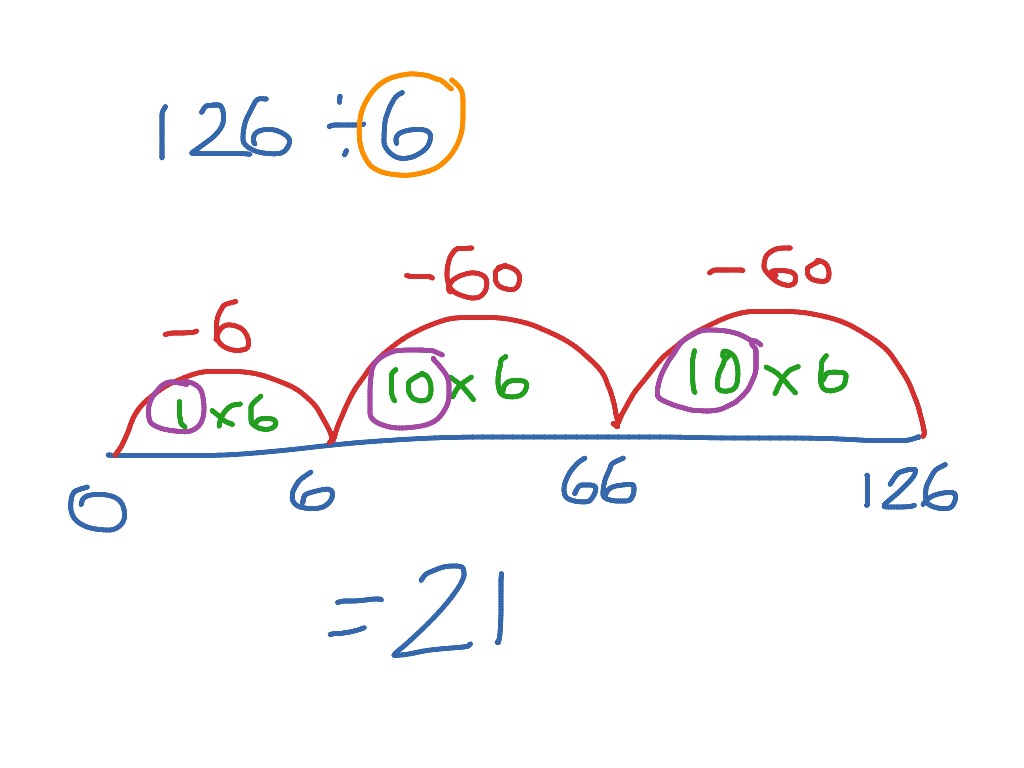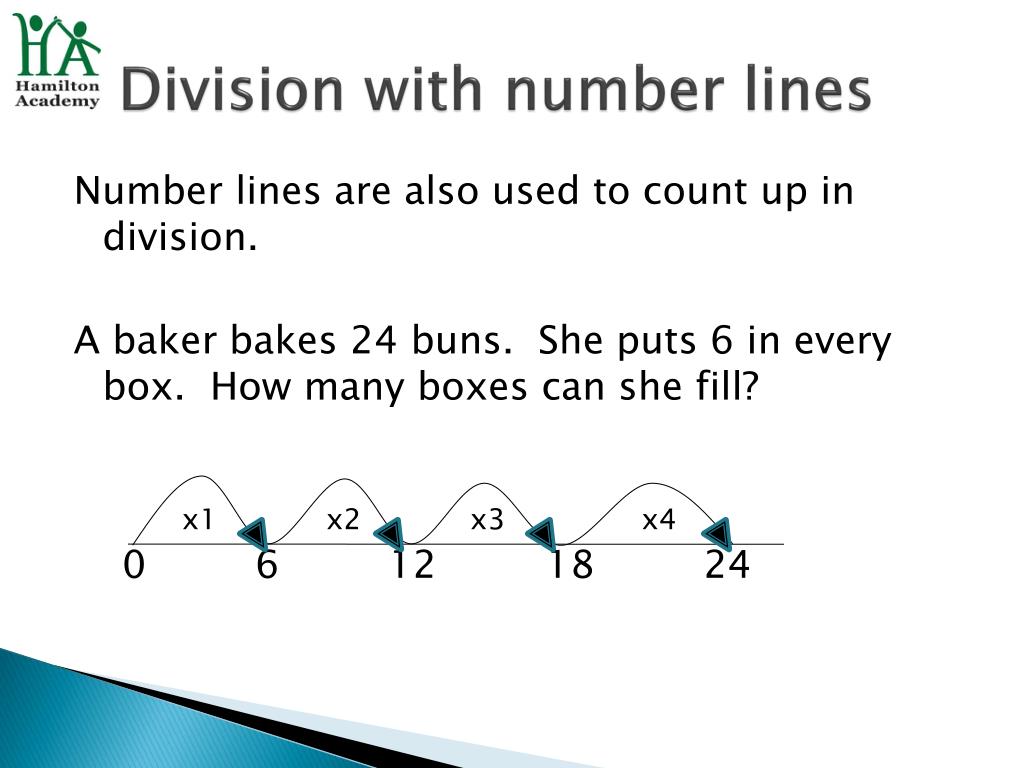

Add Anchor Points can’t, but Zig-Zag Filter can. So how do you, for example, find the 12 hour posiitions of a circle? You need 2 added points per original segment. (Another example of how an Illustrator feature falls far short of completion, compared to other programs.) That rules out odd-numbers of new segments. Unfortunately, Illustrator's rather lame Add Anchor Points command doesn’t provide an option for how many points to add per segment.

It's also useful for plotting positions for frame-by-frame "orbit" animations, because the orbiting object then "speeds up" as it approaches the minor diameter, and "slows down" as it approaches the major diameter, which is more convincing of a uniform orbital motion. This is important for example, when you need to find radial angles of an ellipse as when you need an elliptical protractor to use in construction of an illustration. So, the corresponding points do align vertically. This is useful in equidistant segmenting of segments (but not for equal divisions of whole paths with multiple and unequal segments).Īdd Points, on the other hand, does abide by the curvature. Note that corresponding points do not align vertically between the two ellipses.

You can also verify it by applying the Filter to two ellipses that have the same major diameter but different minor diameters. The added points are equidistant (for practical purposes) along the segment, as you can verify by copying individual segments, pasting them, and then checking the length of each in the Document Info Palette. The same principle applies to curved paths, so long as you are talking about adding equidistant points per segment. If you want it as one line with equidistant Anchor Points, you may DirectSelect the coinciding end points and Ctrl/Cmd+J to rejoin them.Īs I am sure you know, you may halve any path repeatedly with Object>Path>Add Anchor Points. That should give you an equal division of the target line into short lines. Presuming you are talking about an arbitrary subdivision of a straight line, you may:ġ) Select the target line and set the Reference Point in the Transform palette to a suitable border and write down the X or Y value Ģ) Click the Rectangular Grid Tool, set the height/width to the same value as shown in the Transform palette, and set the horizontal or vertical division to the number of subdivision minus one ĥ) With the Scissors Tool cut at the corners of the outer frame of the grid and delete the lines not crossing your target line Ħ) Select both target line and gridlines and Pathfinder>Trim and reset the stroke


 0 kommentar(er)
0 kommentar(er)
